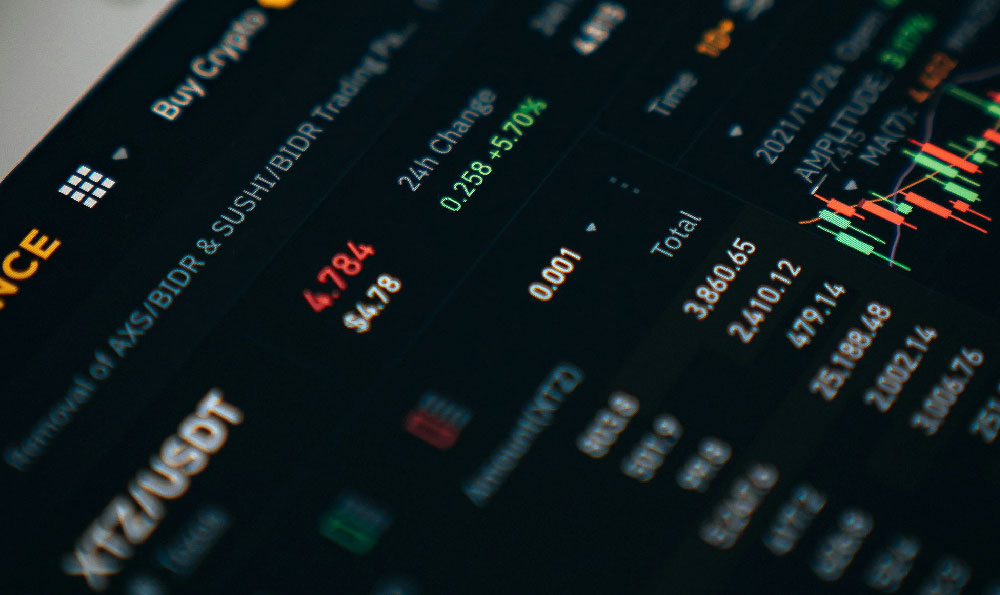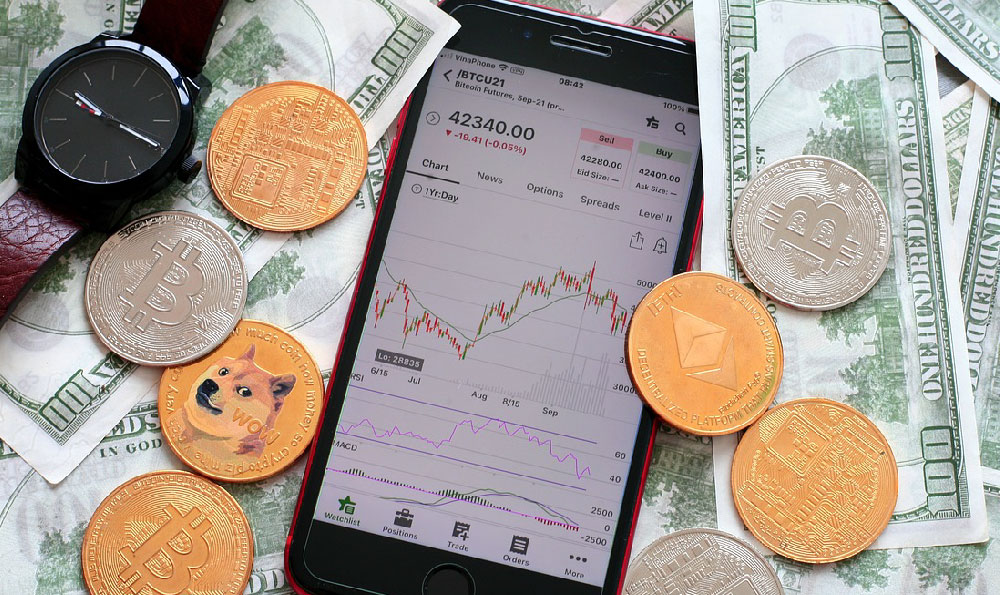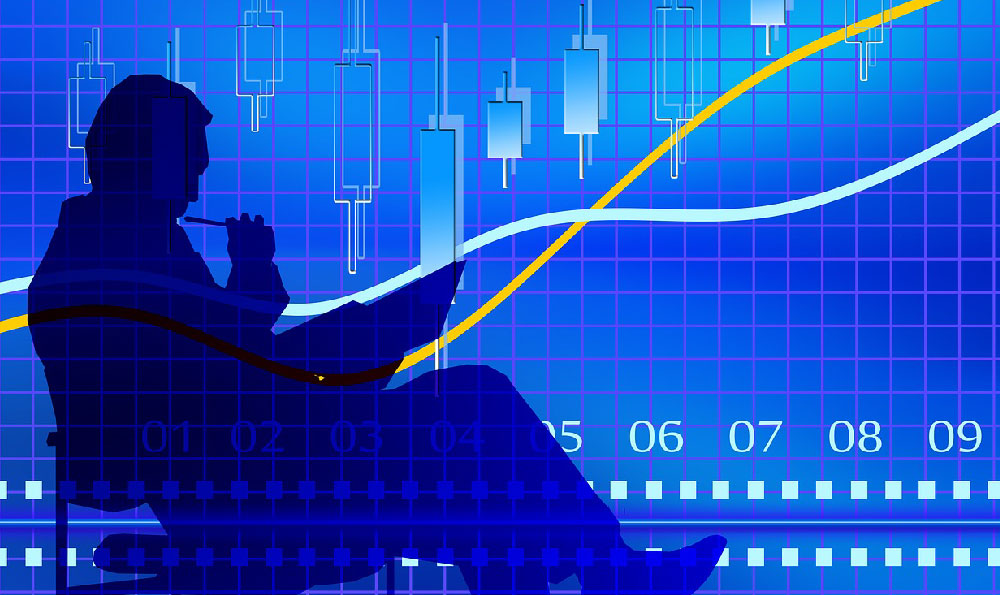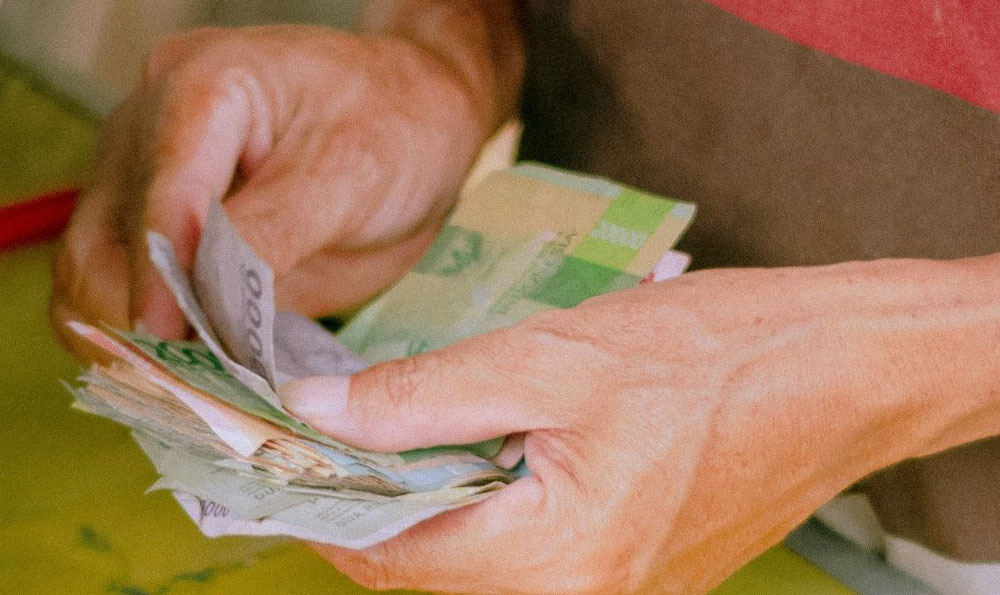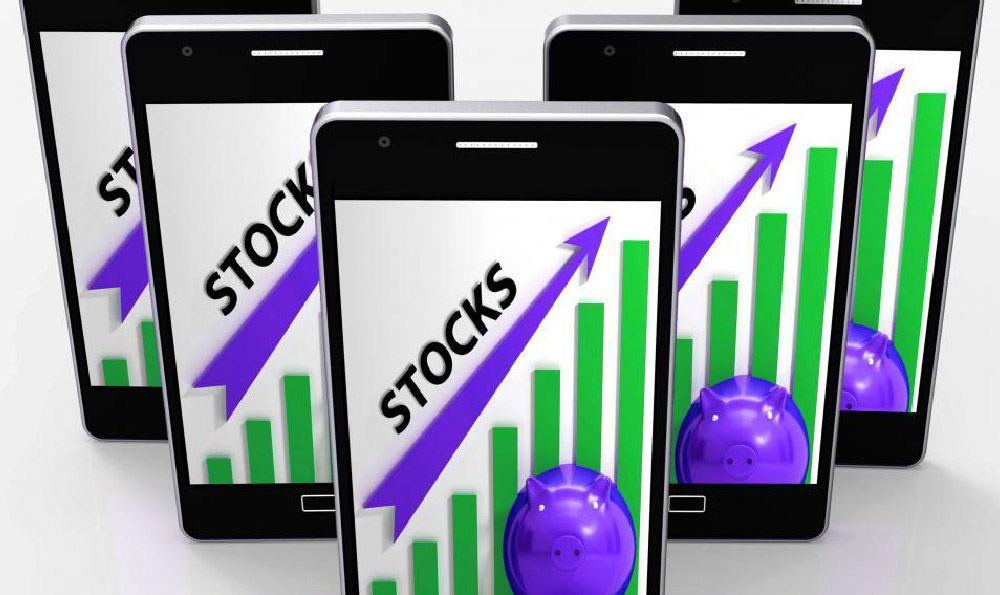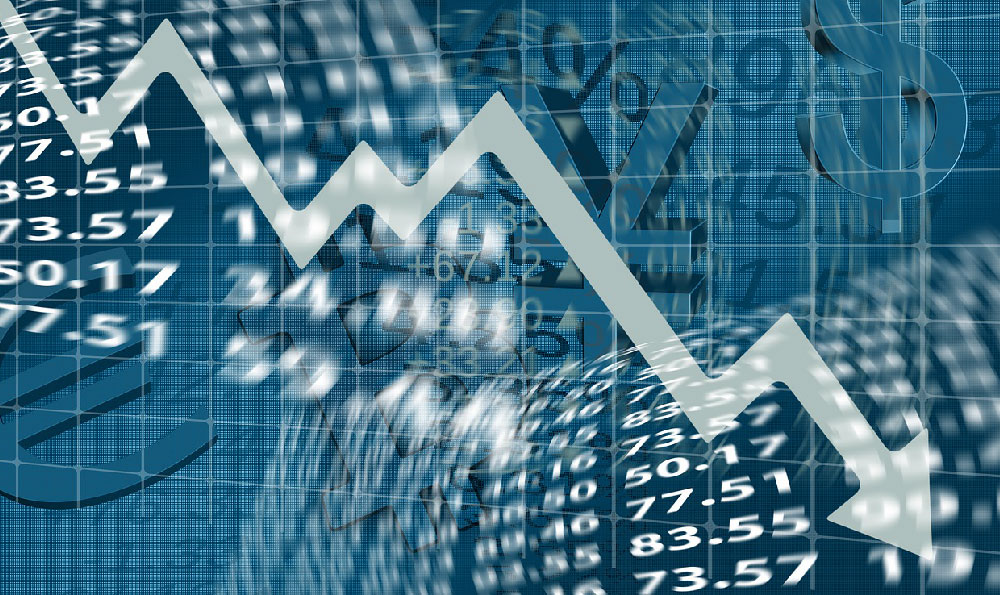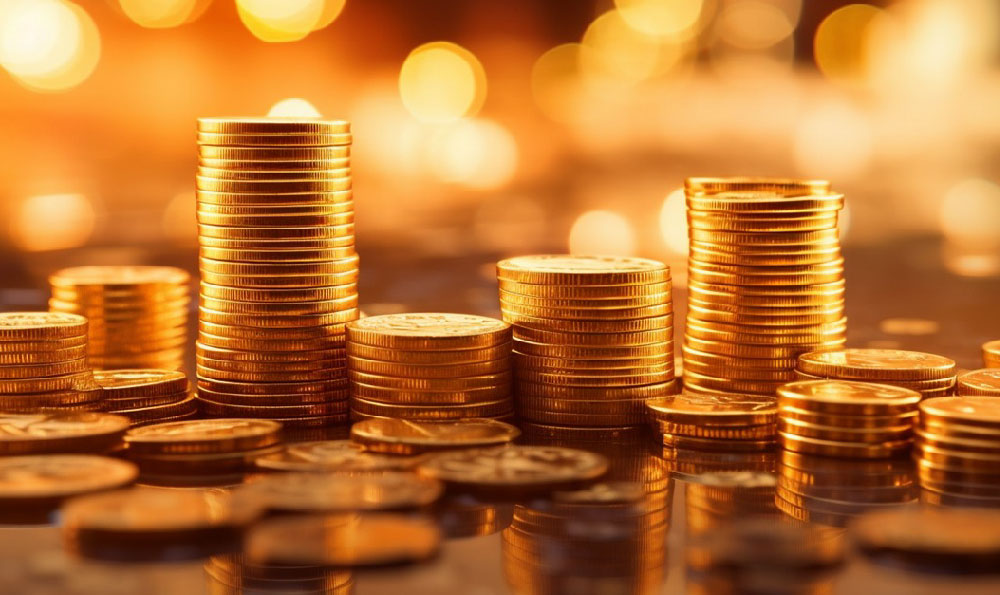The Federal Reserve, often simply referred to as "the Fed," is the central bank of the United States and wields significant influence over the nation's monetary policy. Understanding how the Fed creates money and where that money ultimately flows is crucial for grasping the dynamics of the American economy and its impact on global finance. While the process isn't as simple as printing physical currency, the Fed employs various tools to expand or contract the money supply, affecting interest rates, inflation, and overall economic activity.
One of the primary mechanisms through which the Fed creates money is through open market operations. This involves the buying and selling of U.S. government securities, such as Treasury bonds, in the open market. When the Fed buys these securities from commercial banks or other financial institutions, it credits their accounts with reserves. These reserves are essentially the banks' digital cash accounts at the Fed. This injection of reserves increases the amount of money banks have available to lend out to individuals and businesses. Conversely, when the Fed sells government securities, it debits the banks' reserve accounts, reducing the amount of money they can lend and thus contracting the money supply. The Fed acts as a buyer or seller of these securities to reach their target for the federal funds rate, which is the rate at which banks lend reserves to each other overnight. By manipulating this rate, the Fed can influence other interest rates throughout the economy, impacting borrowing costs for consumers and businesses.
Another important tool in the Fed's monetary policy arsenal is the reserve requirement. This refers to the percentage of a bank's deposits that it is required to hold in reserve, either as vault cash or as deposits at the Fed. While the Fed has historically used this tool to influence the money supply, in recent years it has moved towards an ample-reserves regime, where banks hold a significant amount of excess reserves. In this environment, changes to the reserve requirement have a less direct impact on the money supply. However, it's important to note that the Fed still has the power to adjust this requirement if it deems necessary to influence lending activity.
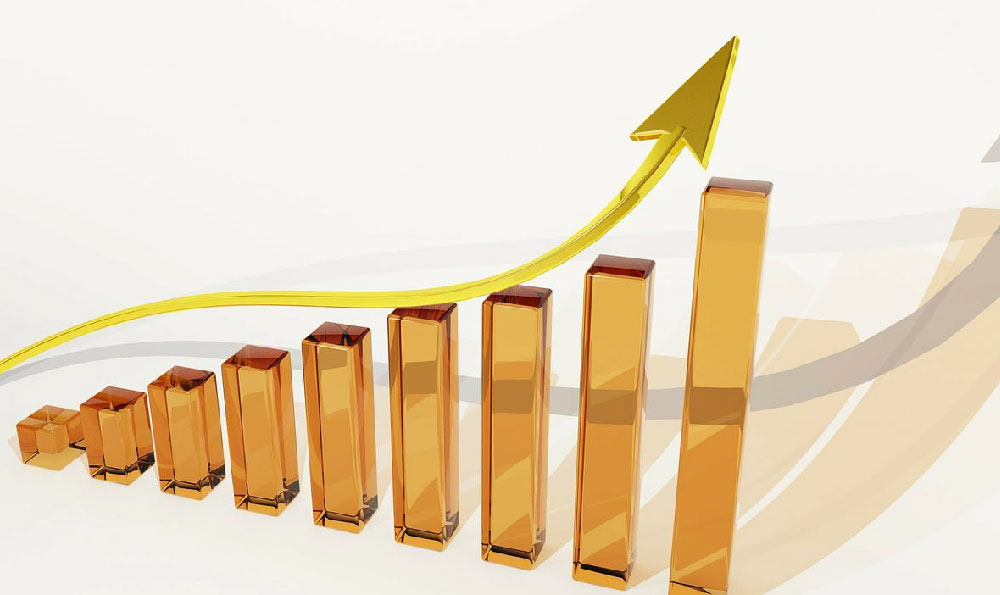
Discount rate is another method the Fed use to create money, which is the interest rate at which commercial banks can borrow money directly from the Fed. This is a more direct way for banks to access reserves when they are unable to borrow from other banks in the federal funds market. A lower discount rate can encourage banks to borrow more from the Fed, increasing the money supply, while a higher rate can discourage borrowing and contract the money supply. However, the discount window is typically seen as a lender of last resort, and banks are generally hesitant to borrow from the Fed due to the stigma associated with it, suggesting financial trouble.
Quantitative easing (QE) is a more unconventional monetary policy tool that the Fed has employed in recent years, particularly during periods of economic crisis. QE involves the Fed purchasing longer-term government securities or other assets, such as mortgage-backed securities, from banks and other financial institutions. The goal of QE is to lower long-term interest rates, stimulate lending, and boost economic activity. Unlike open market operations, which primarily target short-term interest rates, QE aims to influence longer-term rates that are more relevant for investment decisions. The creation of money through QE is similar to that of open market operations: when the Fed purchases these assets, it credits the seller's account with reserves, effectively increasing the money supply.
So, where does all this newly created money go? The answer is multifaceted and depends on the specific economic circumstances and the Fed's policy objectives. In general, the money injected into the financial system through these mechanisms flows through several channels:
First, it increases bank reserves, potentially leading to increased lending. Banks, flush with reserves, are incentivized to make more loans to individuals and businesses. These loans can then be used to finance consumption, investment, and other economic activities, further expanding the money supply through the money multiplier effect. The money multiplier effect describes how an initial injection of reserves into the banking system can lead to a larger increase in the overall money supply as banks lend out these reserves, and the borrowers then deposit these funds in other banks, who in turn lend out a portion of those deposits, and so on.
Second, it can lower interest rates. By buying government securities, the Fed increases demand for these assets, driving up their prices and pushing down their yields (interest rates). Lower interest rates make borrowing cheaper, encouraging businesses to invest in new projects and consumers to purchase big-ticket items like homes and cars. This increased spending can stimulate economic growth.
Third, it can boost asset prices. As interest rates fall, investors may seek higher returns in other asset classes, such as stocks and real estate. This increased demand can drive up asset prices, creating a "wealth effect" that encourages further spending and investment. However, it can also lead to asset bubbles and financial instability if asset prices become detached from underlying economic fundamentals.
Fourth, it can influence inflation. While the Fed aims to keep inflation at a stable and desirable level (typically around 2%), increasing the money supply can potentially lead to higher inflation if the economy is already operating at or near full capacity. This is because increased demand, fueled by the expanded money supply, can outstrip the available supply of goods and services, pushing up prices.
Finally, it can affect the exchange rate. Lower interest rates can make the U.S. dollar less attractive to foreign investors, potentially leading to a weaker dollar. A weaker dollar can make U.S. exports more competitive and imports more expensive, which can have both positive and negative effects on the economy.
It's important to understand that the Fed's actions don't always have a predictable or immediate impact on the economy. The effects of monetary policy can be lagged and uncertain, and they can be influenced by a variety of other factors, such as fiscal policy, global economic conditions, and consumer and business confidence. The Fed's ability to precisely control the money supply and achieve its policy goals is therefore limited. Moreover, the distribution of newly created money is not always uniform. It can disproportionately benefit certain sectors or individuals, exacerbating wealth inequality.
In conclusion, the Fed creates money primarily through open market operations, adjusting reserve requirements, discount rate, and engaging in quantitative easing. This newly created money flows through various channels, impacting bank lending, interest rates, asset prices, inflation, and the exchange rate. Understanding these mechanisms is essential for comprehending the Fed's role in shaping the U.S. economy and its implications for individuals, businesses, and the global financial system. While the Fed strives to promote stable prices, full employment, and sustainable economic growth, its actions are subject to uncertainty and can have unintended consequences, making it a complex and ever-evolving area of study.



